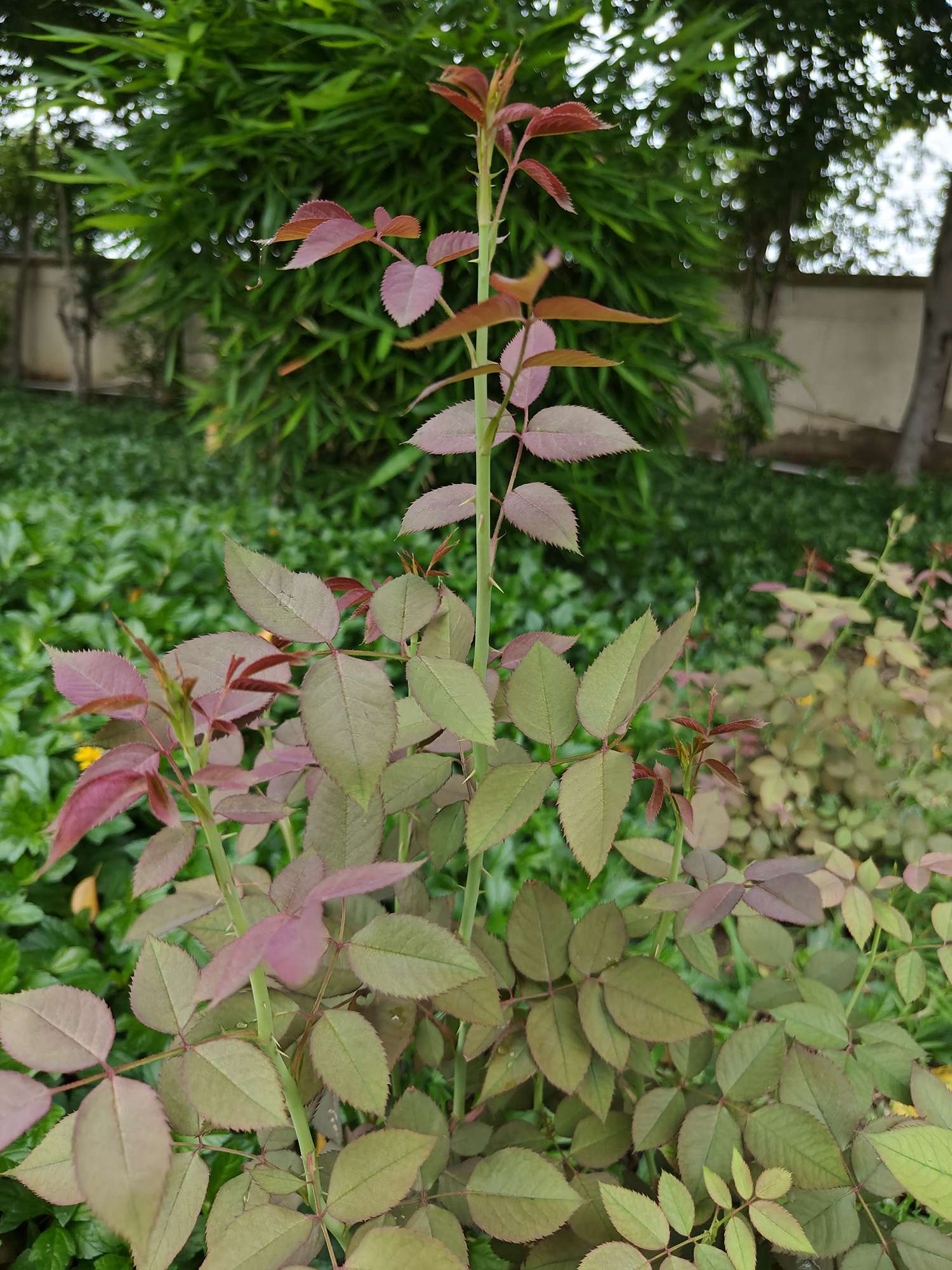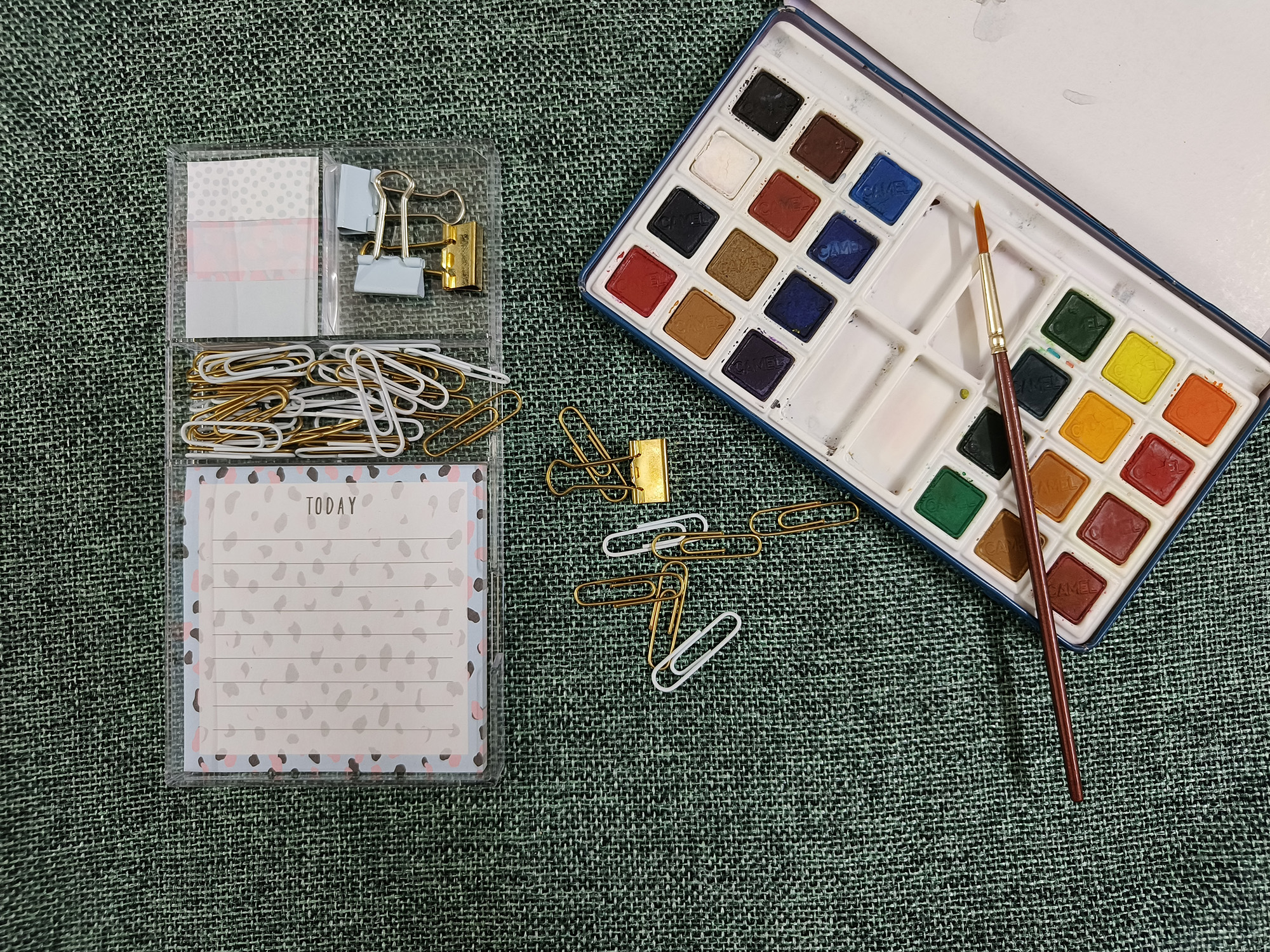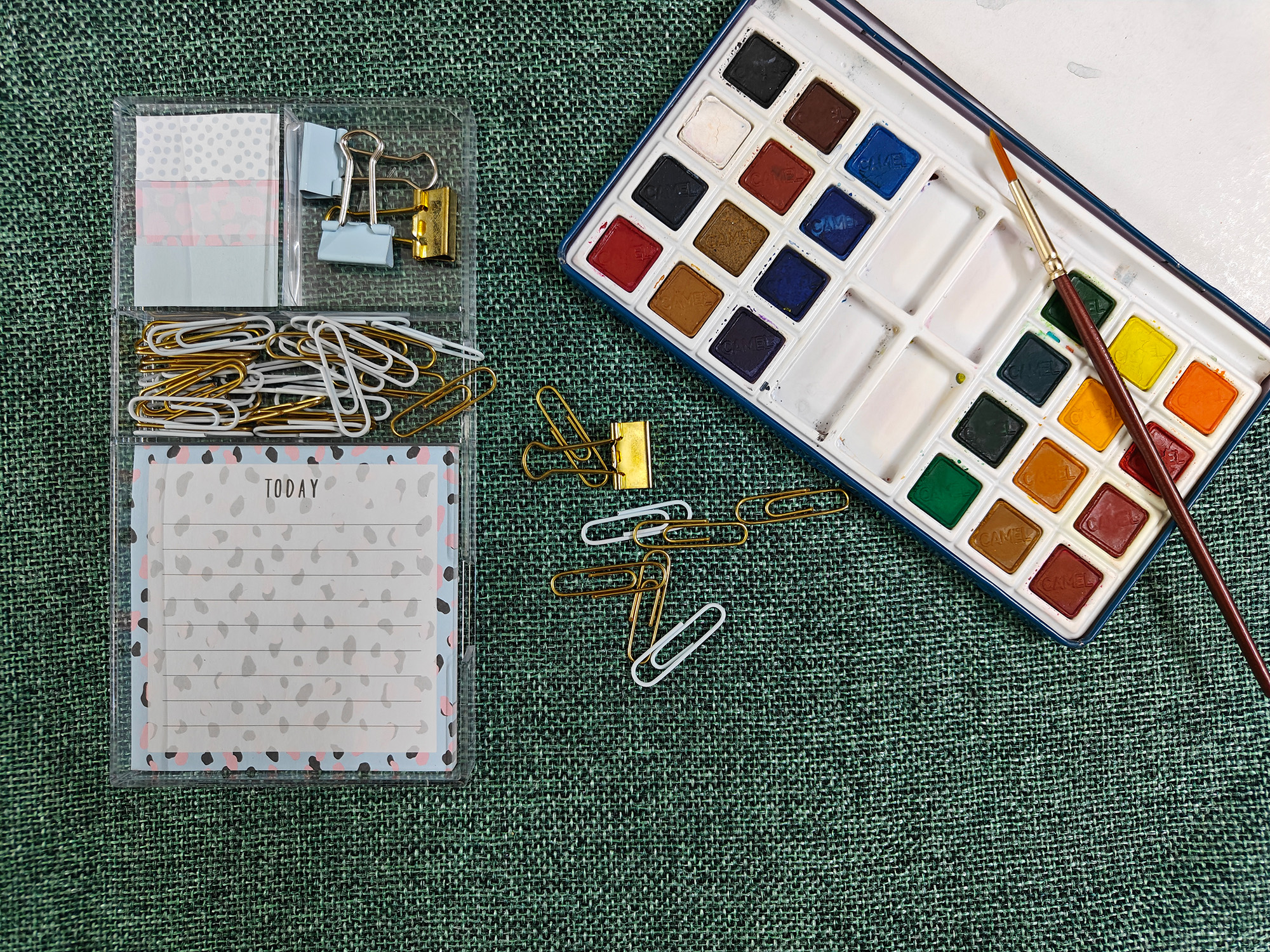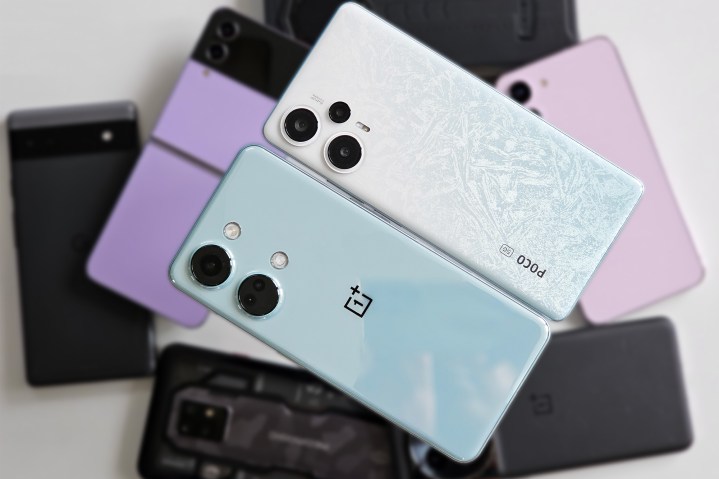
Samsung is once again here to entice you with its latest crop of foldable phones. The temptation they pose is easy to give into. You might think, what could go wrong with an almighty, well-stocked $1,000 phone?
Worth noticing, however, is the fact that plenty of other smartphones offer a much higher value for your money and can potentially fill your $1,000 purchase with remorse. That’s not my intention, especially if you have already preordered the Samsung Galaxy Z Fold 5 or Galaxy Z Flip 5. But if you are looking for potential alternatives that save you lots of money while bringing you features comparable to phones that cost almost $1,000, here we have some examples.
We’re looking at three cheap phones that offer a flagship’s rigor for a fraction of their price.
OnePlus Nord 3

You probably know of OnePlus and the luscious phones it makes, but that’s far from how the company started. OnePlus began its journey with a specific objective of making flagship-level performance more accessible at lower prices, with cutbacks on unnecessary ornamental features. Support from hardcore Android fans and the very limited (read: invite-based only) availability shot OnePlus into a position among other stars in the metaphorical skies, mostly embellished with iPhones and Samsung’s Galaxy S and Note series phones. OnePlus’s pursuit of challenging much more coveted competitors also resulted in the creation of a new category of “flagship killer” in the smartphone world. This was in 2015!
Things are much different now, and OnePlus has branched beyond catering to this single segment. It sells full-handed phones such as the OnePlus 11 — and is soon expected to enter the foldable category while selling some brilliant entry-level smartphones.
While the “flagship killer” identity appeared to have been torn between opulent flagships and elementary Android phones, the OnePlus Nord 3 comes wrapped in nostalgia and carries the same spirit that OnePlus phones once had. For starting price of 449 euros (roughly $500), the Nord 3 checks all the right boxes for a great value-for-money flagship killer. It packs suitable chops for flagship-grade performance, including the MediaTek Dimensity 9000 chipset and up to 16GB of RAM.
OnePlus fabs the Nord 3 with a Super AMOLED display with 2772 x 1240 pixels of resolution and a fingerprint scanner embedded in the display. The phone also brings 80W charging and features the alert slider typical of OnePlus phones at the higher end.
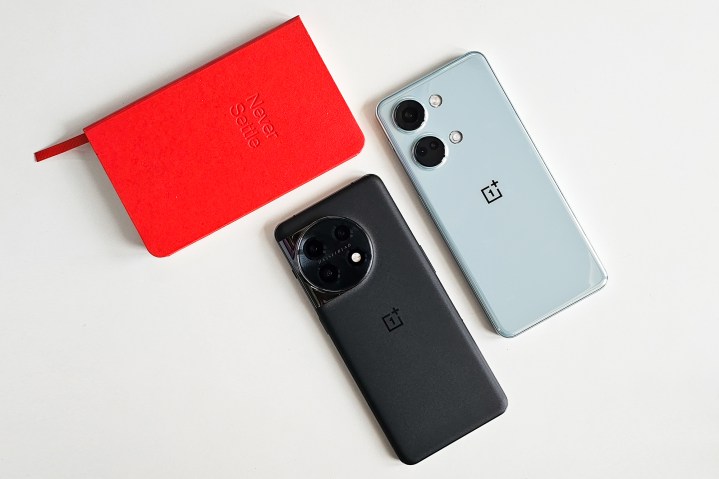
What makes the OnePlus Nord 3 a fascinating deal for me is that it shares the same 50MP Sony IMX890 sensor on the primary camera as the OnePlus 11 and the Nothing Phone 2. Although the Nord 3 lacks OnePlus 11’s Hasselblad color science that is supposed to make images vibrant and more appealing, the same hardware — along with a high-end image processor on the Dimensity 9000 — makes this package highly attractive. The sensor also works wonderfully in low light.
The carousel below shows you some images that compare the primary cameras on the OnePlus 11 and the OnePlus Nord 3. While the OnePlus 11 observably has more natural colors, there is barely any difference in the quality of the images taken from the two phones.
Besides aping the OnePlus 11 in photography, the primary camera is also optically stabilized. This means you can shoot vibrant 4K videos at 60 fps at virtually the same quality as the OnePlus 11.
The Dimensity 9000 is powerful enough for intensive tasks, especially if you’re passionate about mobile games. The display is super smooth and bright (with a claimed peak brightness of 1,450 nits) and comes in handy while gaming. OnePlus also claims a smashing 1,000Hz touch response rate, which results in instant reactivity. Note: touch response rate is not the same as the refresh rate but defines the number of times a display can register touch input from a user. 1,000Hz is astoundingly high for a $500 phone, as it is usually only found on limited gaming-specific devices such as the Nubia Redmagic 8 Pro.
I’ve fiddled with numerous gaming phones and can say the Nord 3’s agility is more than just a placebo effect. Interactions with the display feel like there is a layer between it and your thumb that makes sliding quite effortless.

For the $200 (converted) price gap between the OnePlus 11 and the Nord 3 — the actual pricing difference in euros is much higher since the former starts north of 800 euros in most European countries — you don’t miss a lot. Sure, the chipset is a year older, you don’t get Hasselblad’s branding on the back of the camera, and the display is inferior.
But if you’re really after specs and getting the most value out of the phone, the OnePlus Nord 3 is a much better bargain.
Poco F5

Our next laudable mention is the Poco F5. For those who may not know, Poco is a sub-brand that emerged from Chinese phone maker Xiaomi. Over the years, it has oscillated between being owned by Xiaomi and being an independent entity that shares IP and manufacturing facilities with the company.
The Poco F5 carries forth the legacy of the Poco F1, a $300 phone launched in 2018 with the motive of killing the then-prominent flagship killer, i.e., the OnePlus 6. Like OnePlus, Poco has branched into several price ranges, but the F5 feels like a true F-series prodigy.
The 380-euro (approximately $420) Poco F5 comes with a Qualcomm Snapdragon 7+ Gen 2 chipset. Despite being bracketed under the Snapdragon 7-series, the 7+ Gen 2 offers performance on par with Qualcomm’s flagship 8-series chips.
The Snapdragon 7+ Gen 2 is practically an underpowered version of the Snapdragon 8 Gen 2, using the same CPU cores at lower clock speeds and a rivaling GPU.
On synthetic benchmarks like Geekbench 6, the 7+ Gen 2 sets up a tough fight against flagship chips, including last year’s Snapdragon 8+ Gen 1, which drove much more expensive devices, including the Galaxy Z Flip 4 and the Z Fold 4. The real advantage of this underrated hardware can be found in terms of gaming. The Poco F5 handles graphics-intensive Android games such as Genshin Impact, Diablo Immortal, Unhappy Racoon, or PUBG: Mobile elegantly, easily rendering 50-60fps (frames per second) at the highest supported graphics settings.
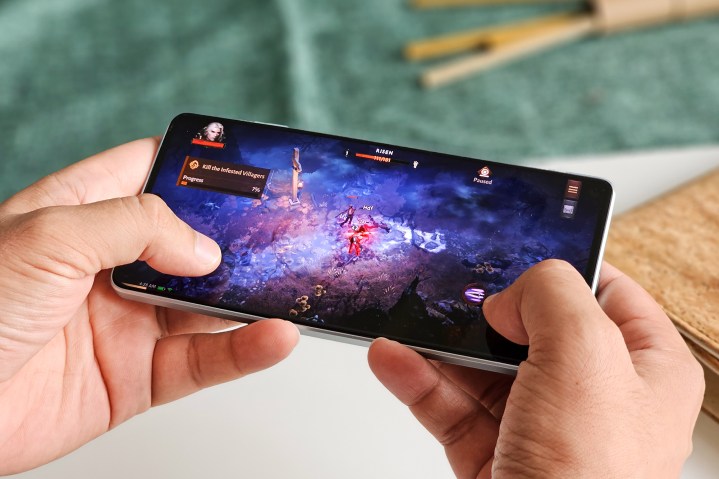
Beyond its ability to run games meant to be enjoyed on much more expensive phones, the Poco F5 can endure long, immersive sessions without heating much. Even when heat accumulates inside the chassis, the Poco F5 is impressively quick at dusting the excess off, thanks to the large vapor cooling setup inside it.
Besides its seemingly other-worldly performance for a $400 phone, the Poco F5 also touts a bright and vibrant 6.67-inch AMOLED display that supports Dolby Vision, something even the most expensive Samsung phones, tablets, and TVs lack. Finally, letting you drive the phone for relentless gaming sessions, Xiaomi also offers 67W fast charging while including the fast charger within the box.
iQOO Neo 7 Pro

Our third participant in the $1,000 Phones Suck series is the iQOO Neo 7 Pro. It offers several features that make you doubt the worth of any phone that costs more than $500. iQOO is a sub-brand by leading Chinese manufacturer Vivo and part of the same conglomerate as OnePlus.
The iQOO Neo 7 Pro, in particular, is mighty for its pricing, which translates to $415. It can throw powerful punches, thanks to the Snapdragon 8+ Gen 1 chip. The brand adds a dedicated chip to accelerate gaming-related processes, upscale frame rates (using interpolation or inserting frames between what the game renders), and manage power consumption.
Even when you’re out of battery, the phone’s 120W fast charging is advertised to charge 50% of the battery in less than 10 minutes. We’ve seen similar claims about fast charging on phones, but they either skimp on other performance benefits or cost a fortune. The Neo 7 Pro offers all this and a premium-looking leather back for much less. Unfortunately, the iQOO Neo 7 Pro can only be bought in select South Asian markets.
Cheap phones are improving faster than flagships

Let’s face it: smartphone upgrades are getting less exciting with each passing year. There has been a visible retreat from any fascinating innovation, and brands are pushing out newer versions of the premiere phones with minor cosmetic modifications or do-little features. Samsung, to say the least, is still toying with the novelty, but expecting it to re-engineer every facet of its foldable phones frequently has been a wearing wait.
In contrast, brands such as the ones underlined above have been vigorously upgrading to bridge the dichotomy between cheap and good. What prominent YouTuber MKBHD tweeted back in 2015 has only gotten truer with each year passing.
There are surely compromises to make with phones that seem too good to be true, including the ones we mentioned above. For starters, they will rarely be a brand’s priority when it comes to software updates. Some companies even load your phone with a pesky amount of pre-loaded apps and bloatware, which, although can be uninstalled, lead to a bad first experience.
Another glaring disadvantage comes in the phone’s durability. Sub-$500 phones rarely come with an IP rating that promises protection against dust and water, posing a big question mark on the actual longevity even if the brand promises several years of software support. And finally, many of these aren’t available in the U.S. — and won’t work because of limited support for carriers.
But with all this in mind, I believe a category of great cheap phones that offer qualities similar to $1,000 phones but for much less can redeem the American phone market. It’s happening right now in other countries — as these three phones make readily apparent — and it’s time for U.S. smartphones to offer similarly great value.
Editors' Recommendations
- The OnePlus 12R is still one of 2024’s best smartphone deals
- Don’t buy a Galaxy S24 Ultra or iPhone 15 Pro Max. Do this instead
- How bad is a 2012 iPhone camera in 2023? Take a look for yourself
- For a $1,700 folding phone, the OnePlus Open has one big flaw
- I tested the cameras on 2 great Android phones and it was brutal




